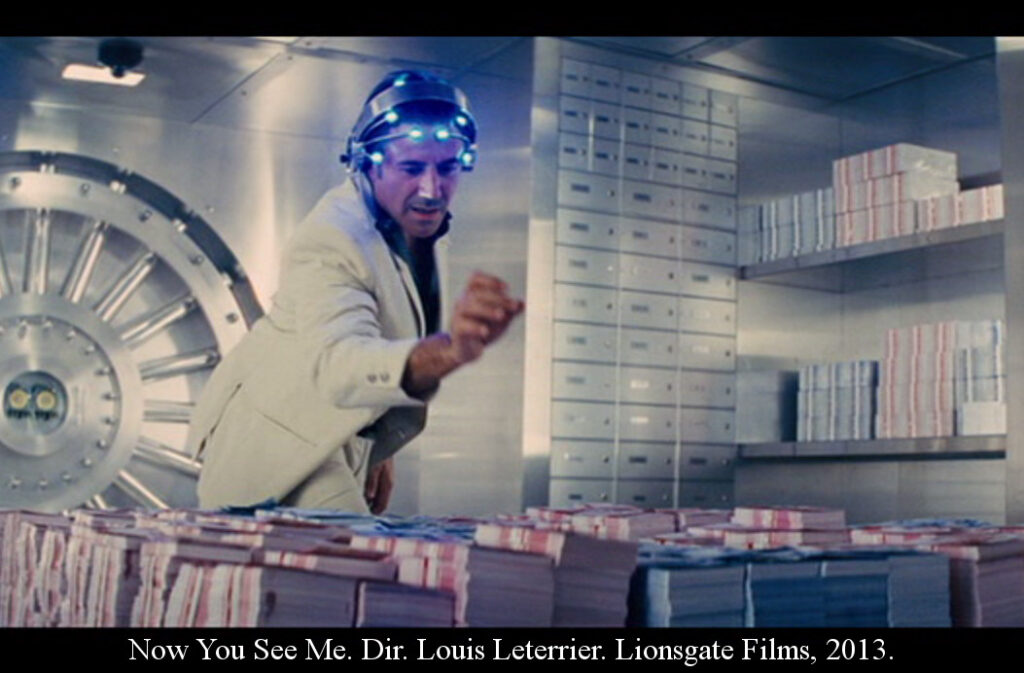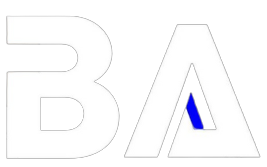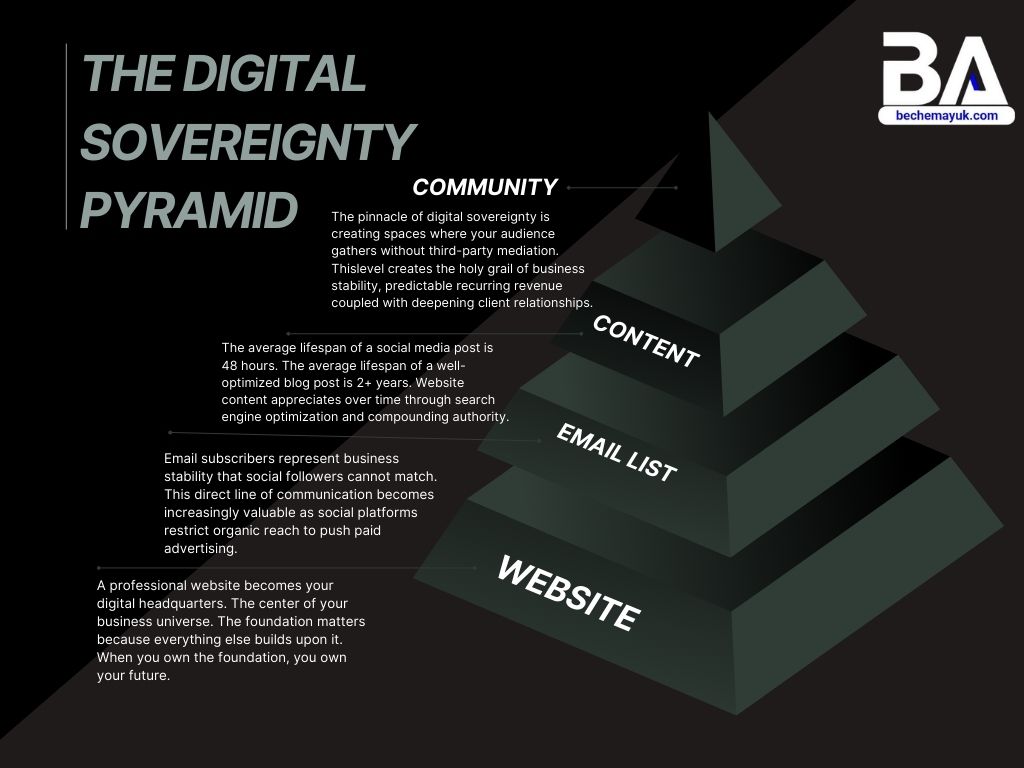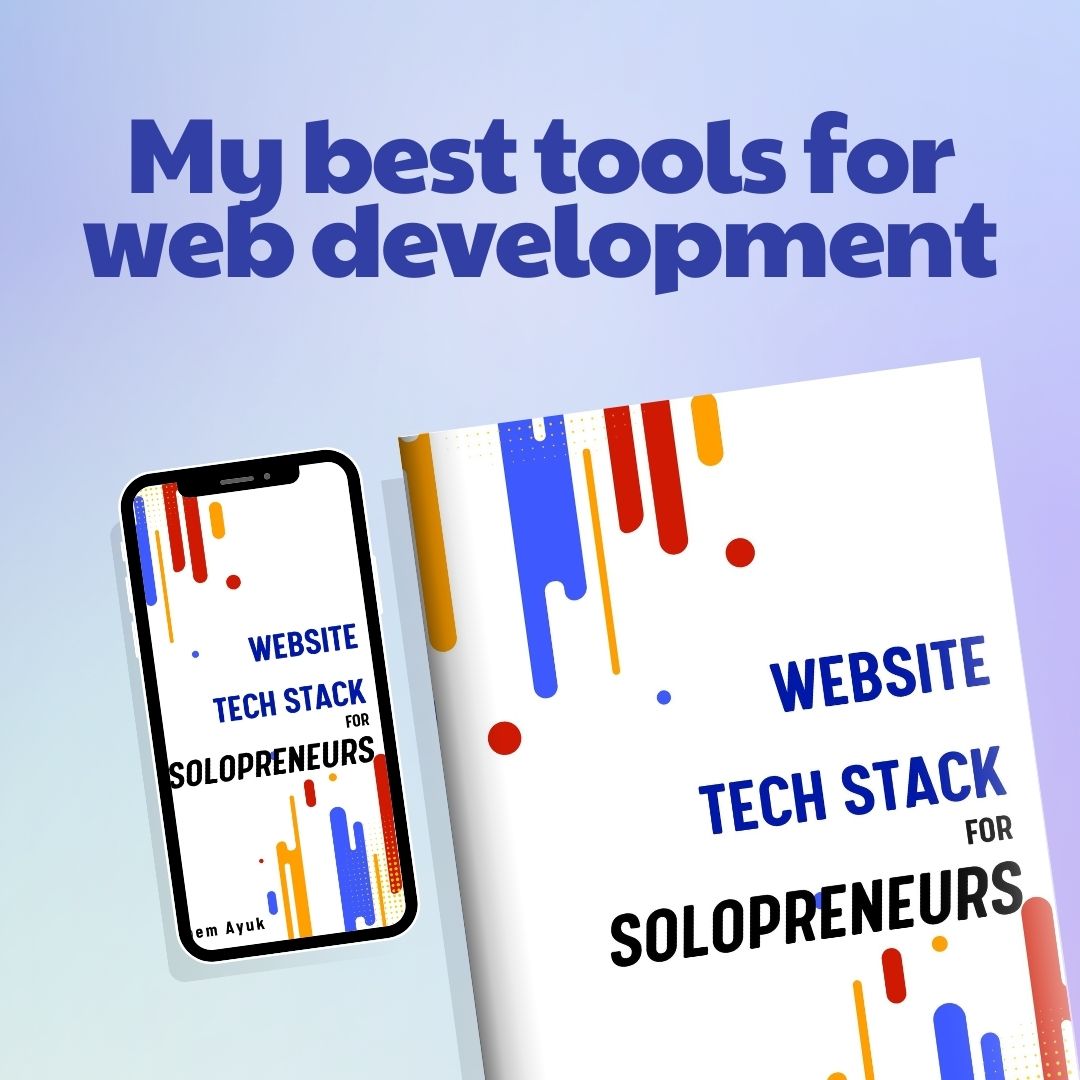What makes premium clients want to hire or buy from you?
Now You See Me is a movie that still fascinates me no matter how many times I watch it.
Even when you know the big reveals are coming, it’s fun to watch how they pull it off.
There’s this one moment where they hypnotize a random guy from the audience, make him believe he’s robbing a bank in Paris, and everyone’s sitting there, convinced they’re seeing the full picture.
But of course, they’re not. The real trick is happening right under their noses.

And that’s the thing about humans. We think we’re observing carefully.
But most of the time, we’re just reacting to whatever stands out first.
The human brain evolved to make snap decisions. Our ancestors didn’t have the luxury of careful deliberation when confronted with potential danger.
That same rapid assessment mechanism operates when someone lands on your website.
They’re not studying it. They’re not calmly analyzing their options like Sherlock Holmes.
They’re doing exactly what that audience did: grabbing at the obvious things, filling in the blanks, jumping to fast conclusions.
In the first few seconds, every website visitor is asking themselves three silent questions.
They don’t know they’re doing it. But it decides whether they stay… or vanish.
If you don’t answer those three questions clearly and quickly, it doesn’t matter how good the rest of your website is.
They’ve already made up their mind.
Let’s talk about what those three things are and how to make sure your ideal clients actually see what you want them to see.
NB: Please note that throughout this article I’ll be using ‘website visitor’ and ‘ideal client’ interchangeably depending on the context.
1. Premium Clients Ask “Is This For Me?”
Imagine walking into a party where you know no one. Your first instinct will probably be to scan the room to determine if these are “your people.”
Your website visitors do exactly the same thing.
The human brain constantly filters information, deciding what deserves attention and what should be ignored.
This filtering happens in milliseconds. When someone lands on your website, their first unconscious question is: “Is this relevant to me?”
Your ideal clients are busy people with specific needs. They want reassurance that they haven’t wasted a click.
What They’re Really Looking For:
- Clear Identification: Are you speaking directly to them? Do they see themselves in your copy?
- Problem Recognition: Have you articulated their specific pain points?
- Outcome Visualization: Can they picture the transformation you’re offering?
How to Pass This Test:
Headline Clarity: Your headline must instantly signal “this is for you.” Rather than “Professional Life Coaching Services,” try “For Overwhelmed Executives Who Need to Reclaim Their Time and Purpose.”
Visual Relevance: Use images that reflect your ideal client. Show them who they are now and who they want to become.
Problem-Specific Language: Use the exact words your clients use when describing their challenges. If they say they’re “drowning in tasks,” don’t say you help with “productivity optimization.”
2. “Do I Trust This Person?”
Like I said in my last article, trust is the currency of the digital age. Without it, nothing else matters.
“It takes 20 years to build a reputation and five minutes to ruin it.”
-Warren Buffett
Online, you have even less time to establish that reputation.
Your ideal clients are making split-second judgments about your credibility based on subtle cues they may not even consciously register.
What They’re Really Looking For:
- Credibility Markers: Do you have proof you can deliver?
- Transparency: Are you honest about what you offer?
- Consistency: Does everything align, or are there red flags?
How to Pass This Test:
Social Proof: Strategic testimonials matter more than you think. One specific testimonial that matches your potential client’s situation outperforms ten generic ones.
Professional Design: Your website doesn’t need to win design awards. But it must meet current standards. Design shortcuts signal service shortcuts.
Authentic Voice: Write how you speak. Coaching clients aren’t hiring your website. They’re hiring you. Remember that.
Credibility Elements: Certifications, client logos, media mentions, case studies. Don’t hide them at the bottom. Integrate them where doubts naturally arise.
Trust emerges from patterns, not promises.
It is cumulative. Each professional detail adds to your credibility bank. Each inconsistency, mistake, or exaggerated claim results in withdrawals.
3. “What Should I Do Right Now?”
80% of my wardrobe is black. And I plan to raise that number well into the 90s.
Because…
- Black is my happy colour.
- It makes choosing what to wear much easier, since I don’t have to waste time and energy deciding on colour anymore.
Humans make 35,000 decisions a day on average. When you subtract time for sleep, that’s about 2,000 decisions per hour, or one decision every two seconds.
Every decision we make, big or small, drains our mental energy. By the end of the day, even simple decisions can feel overwhelming.
This is why, after a long day, it’s easy to fall into the trap of poor choices or procrastination… because our brains are exhausted.
This is known as decision fatigue, and the fatigue is a result of what psychologists call the Paradox of Choice: the more choices we have, the more difficult it is to choose.
Your website visitors experience this paradox constantly. That’s why you don’t want to overwhelm them with endless choices.
Even when they find you relevant and trustworthy, they often leave without acting. Why?
Because you haven’t made the next step obvious enough.
The human brain conserves energy whenever possible. Confusion requires cognitive effort.
When unclear about what to do next, most people will do nothing at all.Subscribed
What They’re Really Looking For:
- Clear Direction: What specific action should they take?
- Low-Risk Entry: Is there a way to engage without full commitment?
- Value Exchange: Is the next step worth their time and information?
How to Pass This Test:
Single Primary CTA: Every page should have one clear, dominant call to action. Multiple equal options create decision paralysis.
Logical Progression: Your CTA should match the visitor’s stage of awareness. Someone just discovering their problem needs different guidance than someone ready to hire.
Value-First Offers: Free resources that solve real problems create reciprocity.
Visual Hierarchy: Design your page so eyes naturally flow toward your CTA. Use white space, contrast, and directional cues.
If everything is important, nothing is important.
In a Nutshell
These three questions happen simultaneously and instantaneously. Your visitors won’t articulate them. They won’t write them down. They may not even be consciously aware they’re asking them.
But their brains are wired to seek answers to these fundamental questions as a matter of survival.
Our prehistoric ancestors needed to quickly determine if they were in friendly territory, if strangers were trustworthy, and what action to take next.
Those same instincts are activated when people visit your website.
The difference between websites that convert and those that don’t often comes down to how quickly and clearly you answer these unspoken questions.
Thanks for reading Sitecraft! Subscribe for free to receive new posts and support my work.
Visit my store to get valuable resources on everything you need to know about websites as a solopreneur.
I help solopreneurs 3x their income by building websites that that guide their ideal clients through a seamless decision-making process. I’ll design, build, and maintain a website that perfectly reflects your work and converts high-paying clients on autopilot.





